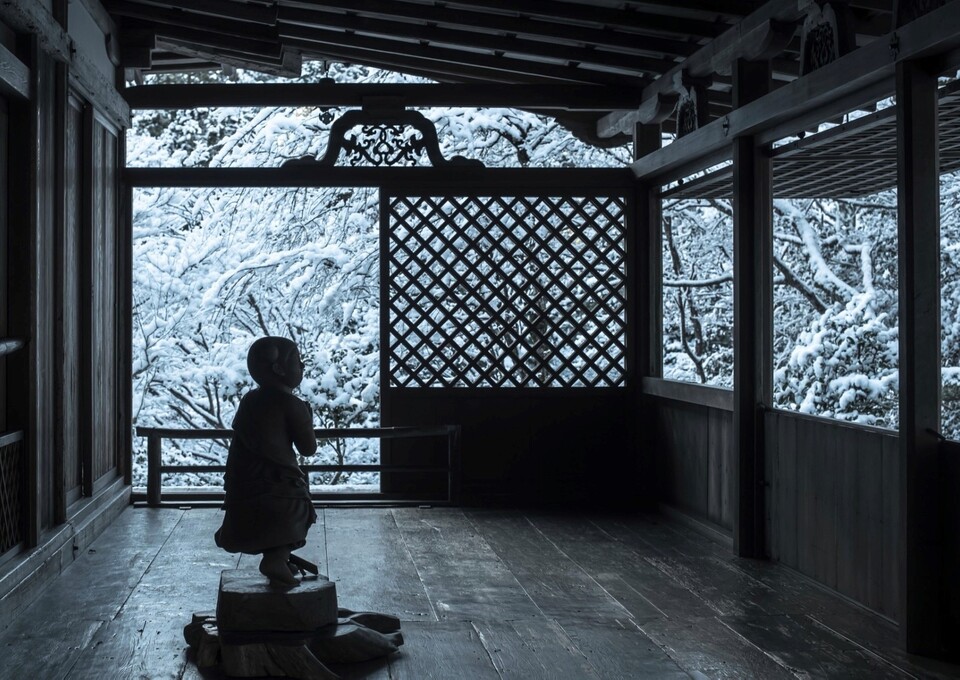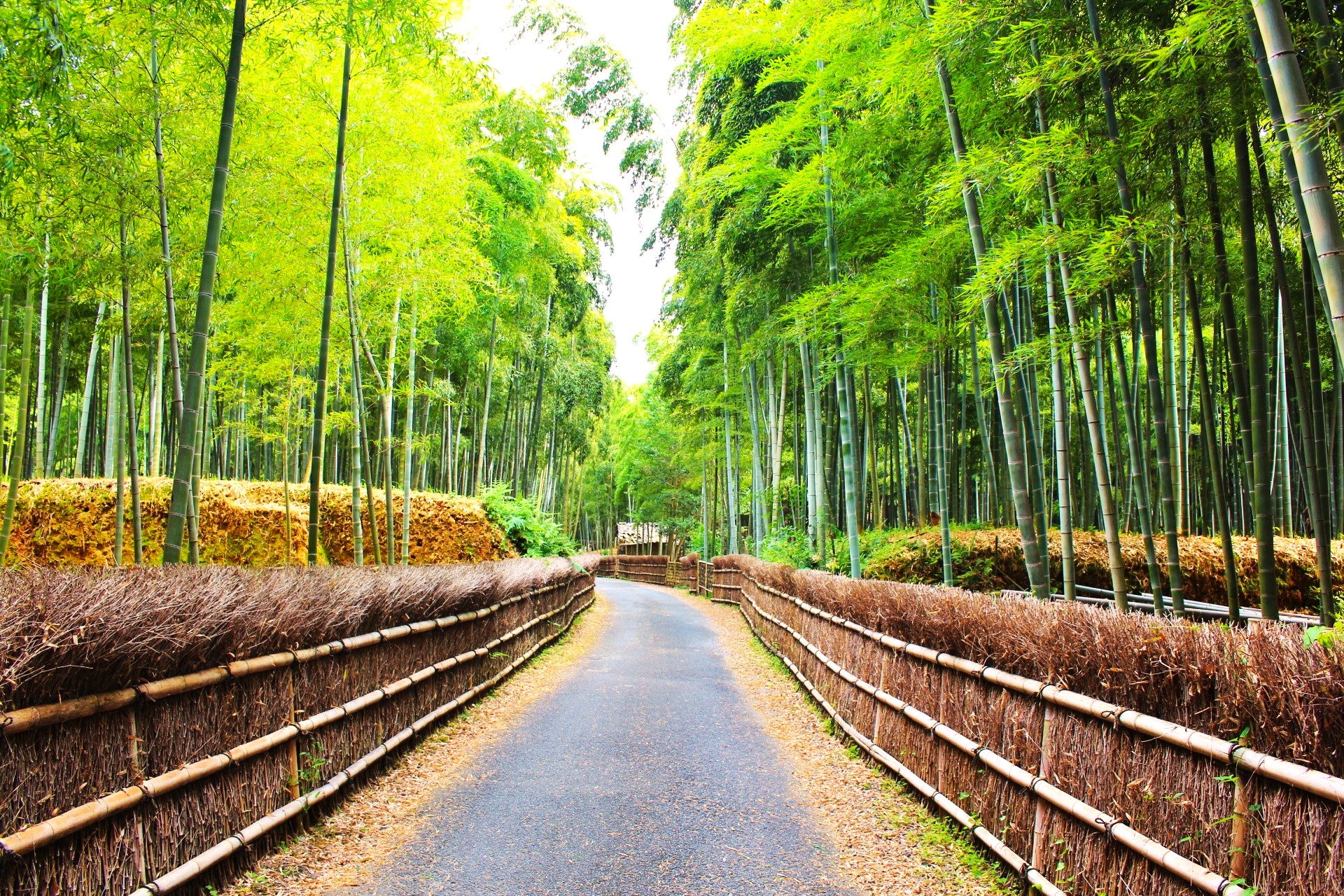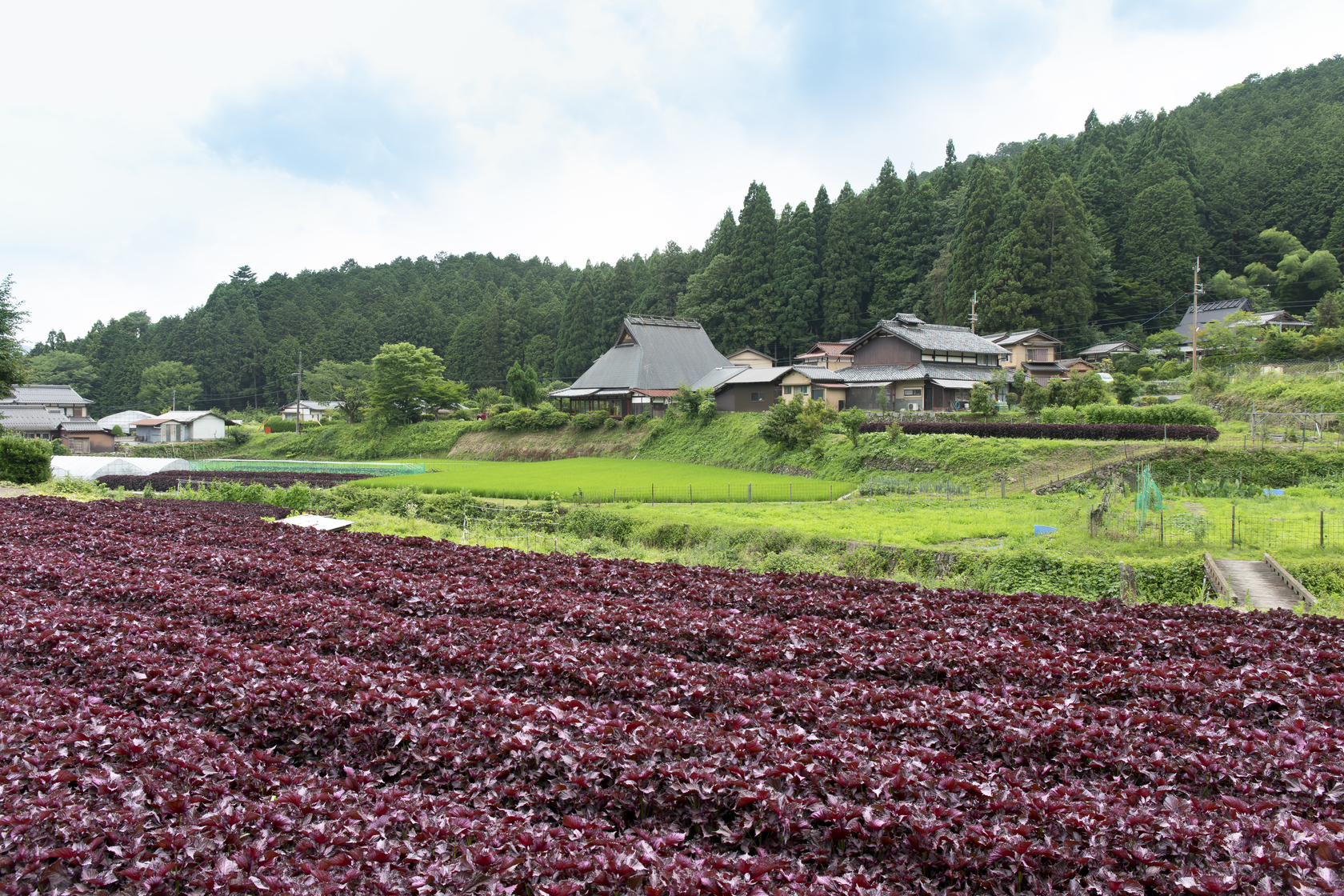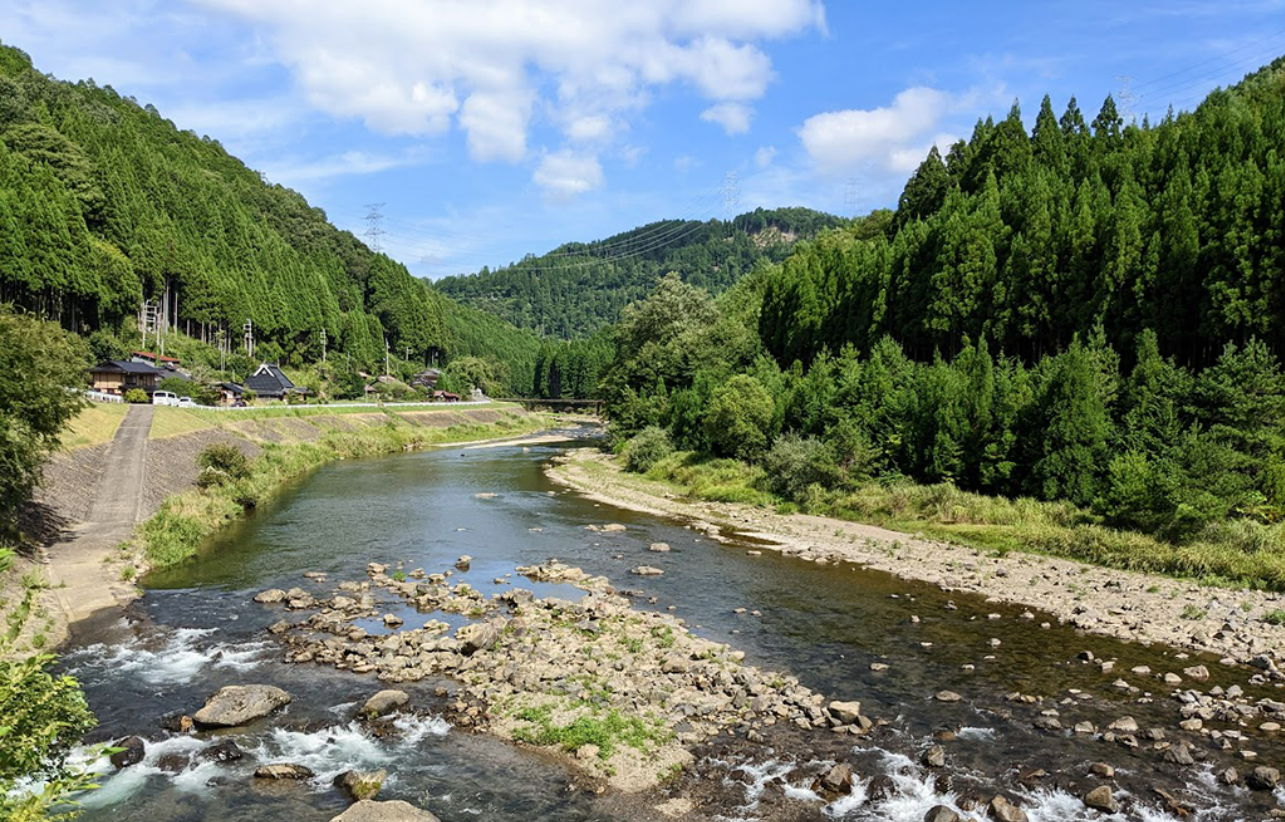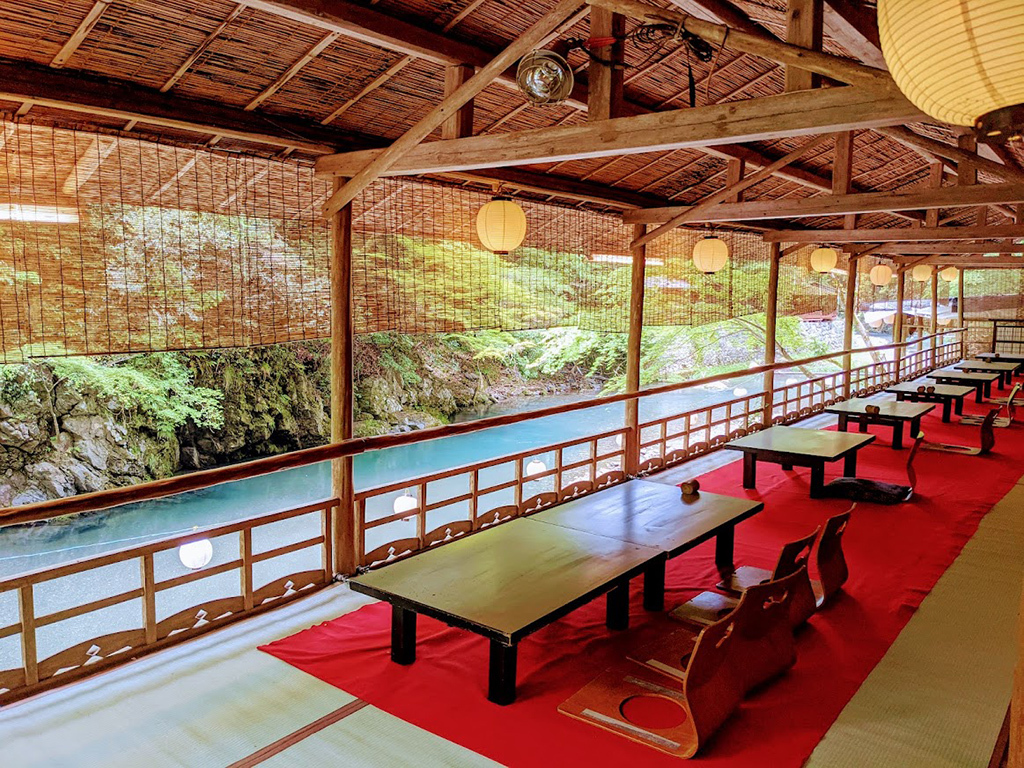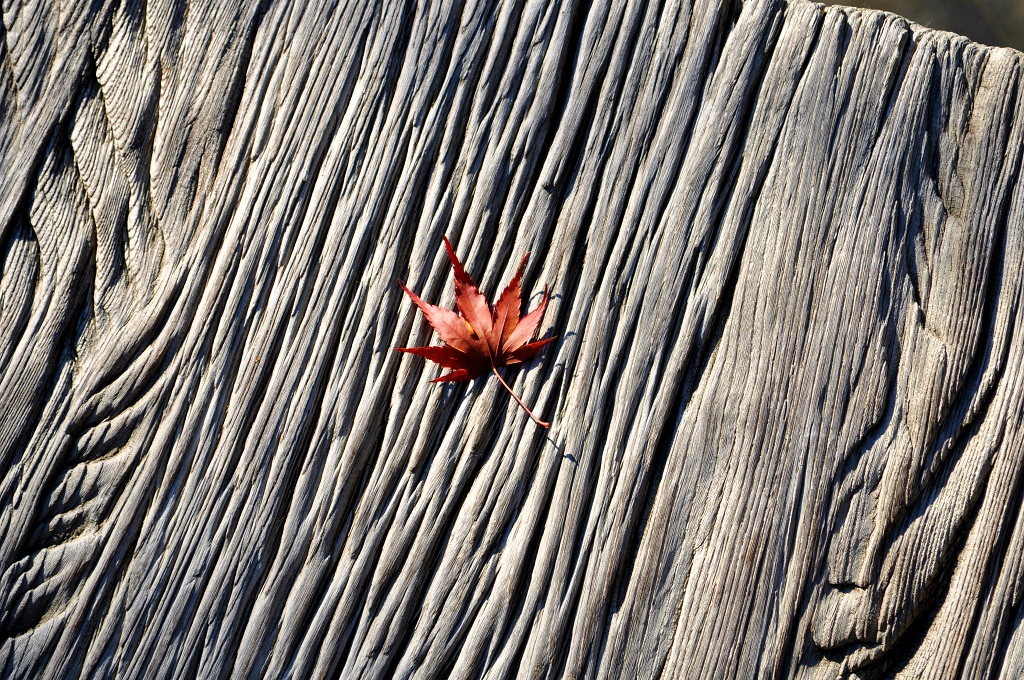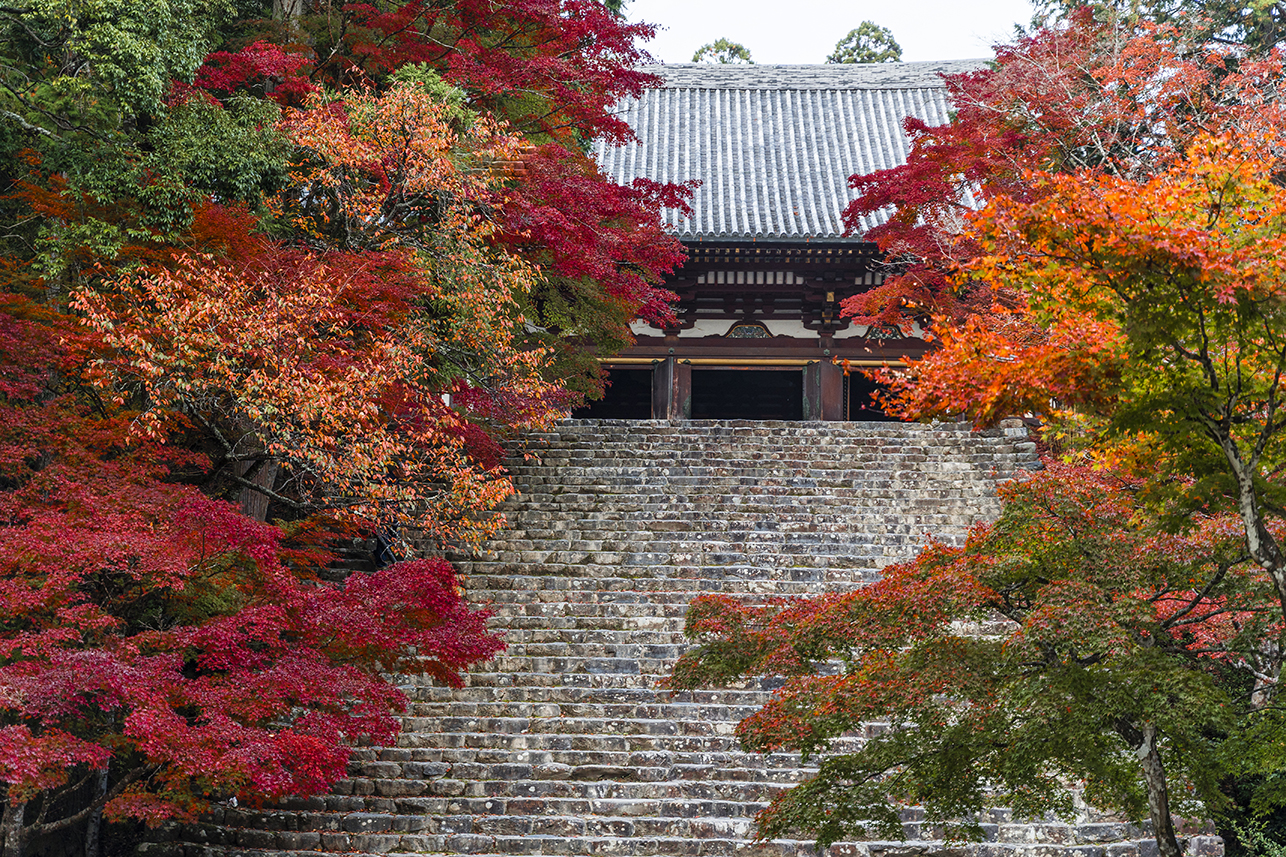
“TOTTEOKI” Hidden Gems of Kyoto
About Takao
About 60 minutes by bus from Kyoto Station (230 yen, flat fare within the city; covered by the One-day Bus/Subway Pass) or a 20-minute local bus ride from Kinkaku-ji Temple will bring you to Takao, an area of seasonal scenic beauty along the valleys. “Botan-nabe” is a winter specialty, using wild boar meat caught in the local mountains.
Mizuo, an area associated with the imperial family is famous for its yuzu, a citrus fruit unique to Japan. In winter, you can enjoy both a “yuzu bath” (with fresh yuzu floating in the bathtub) and a chicken hotpot at a yuzu farmer’s home. To get to Mizuo, take a 15-minute bus ride from Hozukyo Station on the JR Sagano Line.
Local Winter Specialty “Botan-nabe Hotpot”
“Botan-nabe” is a hotpot using wild boar meat. The name comes from the fact that the cut wild boar meat resembles a peony flower. In Takao, you can taste it at several restaurants and ryokan inns (reservation required by the day before). Since Takao is at a higher altitude and cooler temperature than Kyoto City, you may be able to dine while enjoying the view of snow-covered mountains and valleys if you are lucky. Some restaurants offer pick-up service from JR Hanazono Station or the subway station of Uzumasa Tenjingawa.

Yuzu Bath and Chicken Hotpot in Mizuo
Mizuo has been known as a yuzu (Japanese citron) village since the time of the 56th Emperor Seiwa (9th century). December is the peak season for the yuzu harvest. Yuzu baths, in which freshly picked yuzu are floated in the bathtub and its aroma is enjoyed, are a winter tradition in Mizuo (reservation required by the day before). A one-day plan that includes a yuzu bath and a chicken hotpot meal is available at the home of a yuzu farmer. Yuzu is processed into tea, jam, compote, miso and other products for sale.
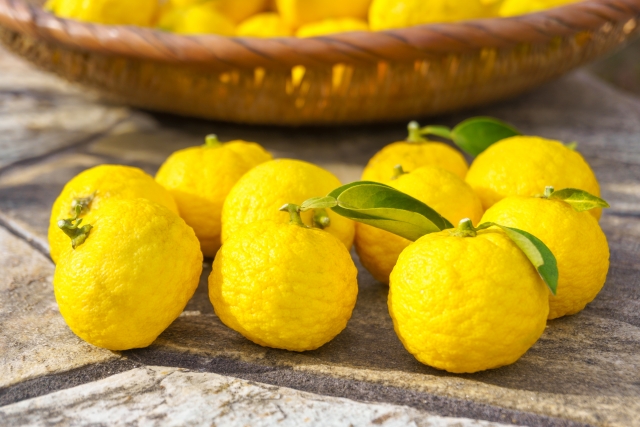
Kosan-ji Temple, the World Heritage Site
Kosan-ji Temple, designated as a UNESCO World Heritage Site in 1994, has a proud history of approximately 1,500 years. It holds about 10,000 National Treasures and Important Cultural Properties. The Chojugiga (Scrolls of Frolicking Animals) is said to be Japan’s oldest cartoon. Its Sekisu-in Hall (National Treasure) is a rare example of the Shinden-zukuri style architecture from the Kamakura period. It is known as the birthplace of tea in Japan. There is a tea farm in the precinct where they continue to grow tea. A monument that reads “Japan’s oldest tea garden” stands in front of the farm.
